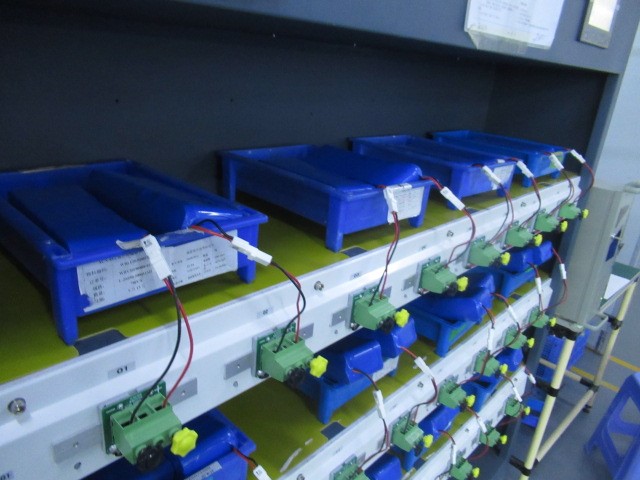
The world of yoga mats is diverse and expansive, catering to a wide range of preferences, practices, and priorities. From materials and thickness to texture and environmental impact, the variations are vast. This article delves into the classifications of yoga mats, the rigorous inspection methods employed to ensure their quality, and the international standards that guide these processes.
Contents [hide]
Classification of Yoga Mats
Yoga mats can be primarily categorized based on the material they are made from, their intended use, and their environmental impact. Here’s a closer look at these classifications:
Material-Based Classification
- PVC Mats: Polyvinyl chloride (PVC) mats are known for their durability, stickiness, and affordability. However, they are not environmentally friendly.
- Rubber Mats: These offer excellent grip and are eco-friendlier than PVC mats. They are preferred for their natural composition but may not be suitable for those with latex allergies.
- TPE Mats: Thermoplastic elastomer (TPE) mats are a more eco-friendly alternative to PVC, made from synthetic rubber. They are lightweight and offer good cushioning.
- Natural Mats: Made from materials like cotton, jute, or organic rubber, these mats appeal to eco-conscious practitioners but may lack the durability and grip of synthetic options.
Use-Based Classification
- Travel Mats: Designed to be lightweight and easily foldable, travel mats are thinner than standard mats, making them easy to pack.
- Standard Mats: These mats are suitable for regular practice, offering a balance of cushioning and portability.
- Practice-Specific Mats: Some mats are designed for specific types of yoga. For example, mats for hot yoga are designed to provide extra grip when wet.
Eco-Friendliness
- Eco-Friendly Mats: These mats are made from sustainable, biodegradable materials and are free from toxic chemicals. They cater to environmentally conscious users.
Inspection Methods
The quality inspection of yoga mats involves several steps to ensure they meet functional, safety, and environmental standards:
Visual Inspection
This involves checking the mat for surface defects, consistency in color and texture, and overall appearance. Defects such as tears, holes, or inconsistencies can affect the mat’s performance and longevity.
Physical and Mechanical Tests
- Thickness and Dimension Testing: Ensures the mat meets specified dimensions for length, width, and thickness, impacting comfort and usability.
- Tensile Strength and Elasticity: Assesses the mat’s durability and ability to withstand stretching, crucial for long-term use.
- Compression Resistance: Evaluates how well the mat cushions and returns to its original shape, affecting comfort and joint protection.
Chemical Safety Testing
- Toxic Substance Analysis: Tests for harmful substances like phthalates, lead, and cadmium, ensuring compliance with safety regulations like REACH in Europe and similar standards globally.
- VOC Emissions: Ensures that the mat does not emit harmful levels of volatile organic compounds, contributing to indoor air quality and user health.
Slip Resistance
- Evaluates the mat’s grip under dry and wet conditions to prevent slips and falls, ensuring safety during practice.
International Standards
Several international standards and certifications apply to yoga mats, guiding their inspection and ensuring their safety, quality, and environmental friendliness:
- REACH (EU): Sets limits on the use of specific hazardous substances in products sold within the European Union.
- Oeko-Tex Standard 100: Certifies that textiles (including yoga mats) are free from harmful levels of more than 100 substances.
- ISO 9001: While not specific to yoga mats, this standard for quality management systems ensures that manufacturers meet consistent quality requirements.
Conclusion
The classification, inspection methods, and adherence to international standards of yoga mats are crucial for ensuring they meet the needs and expectations of yoga practitioners. By focusing on material quality, safety, performance, and environmental impact, manufacturers and inspectors can provide products that are not only functional and durable but also safe and sustainable. This comprehensive approach to quality control helps foster trust among consumers, encouraging a more mindful and responsible yoga practice.




